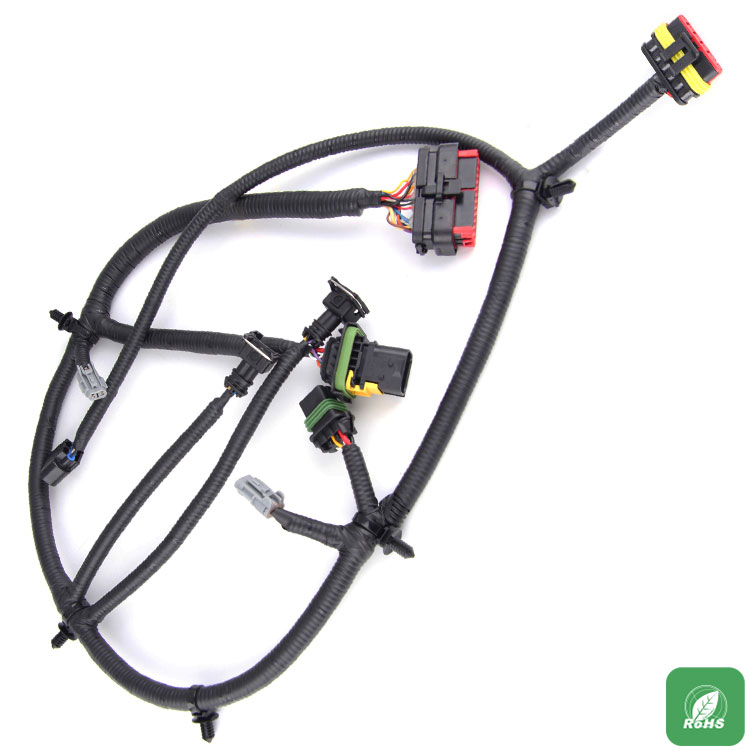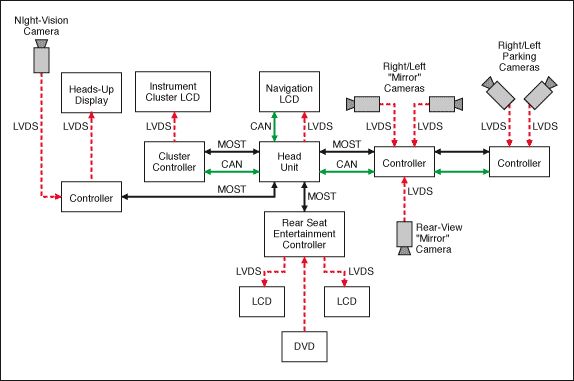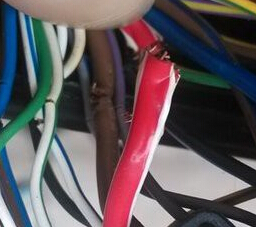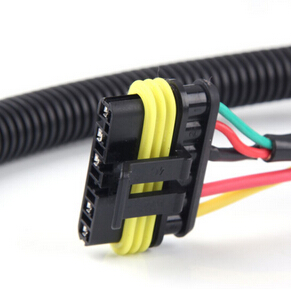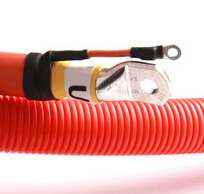Traditional wire harness welding
The traditional wiring harness welding process are: welding, welding, pressure welding.
(1) welding is the welding process will be heated to the workpiece interface melting state, without pressure to complete the welding method. When welding, the heat source will be welding two parts of the workpiece quickly heated and melted to form a molten pool. The molten bath moves forward with the heat source, cools up to form a continuous weld and connects the two parts into one. As a result of welding, the wiring harness to weld the bite-like combination of the formation of welding tumor, resistance, greatly reducing the harness service life. And in the welding process, if the atmosphere and high temperature of the molten pool in direct contact with the atmosphere of oxygen will oxidize the metal and various alloying elements. The atmosphere of nitrogen, water vapor into the pool, but also in the subsequent cooling process in the weld in the formation of pores, slag, cracks and other defects, deterioration of the quality and performance of the weld.
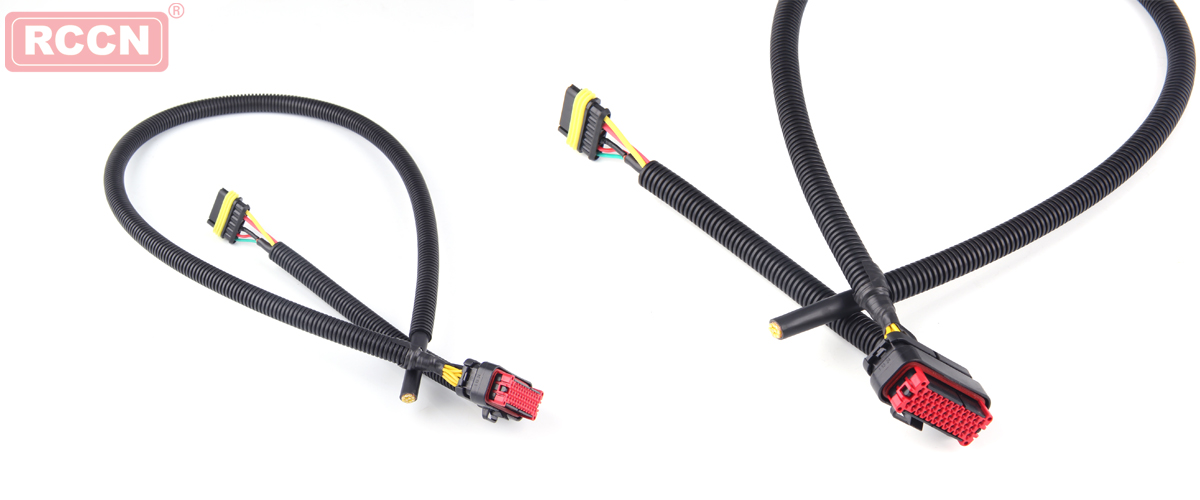
(2) brazing is the use of metal materials than the workpiece melting point of the filler metal, the workpiece and solder heated to higher than the melting point of solder, below the melting point of the workpiece temperature, the use of liquid solder wetting the workpiece, fill the interface gap And the workpiece to achieve the mutual diffusion between atoms, in order to achieve the welding method. The joints formed by welding the two connected bodies are called welds. Welds on both sides of the weld will be subjected to welding heat, and the organization and performance changes, this area is known as the heat affected zone. Welding due to the workpiece material welding materials, welding current and so on, after welding in the weld and heat affected area may have overheating, embrittlement, hardening or softening phenomenon, but also to reduce the performance of welding parts, deterioration of welding. This requires adjustment of the welding conditions, preheating of the weld interface before welding, welding and post-weld heat treatment can improve the weld quality of welding.
(3) pressure welding is under pressure conditions, so that the two parts in the solid state to achieve the combination of atoms, also known as solid-state welding. Commonly used pressure welding process is resistance butt welding, when the current through the two parts of the connection side, where the resistance is large and the temperature rise, when heated to plastic state, under the action of axial pressure connected into one.

A common feature of the various welding methods is the application of pressure during the welding process without filling the material. Most of the welding methods such as diffusion welding, high frequency welding, cold welding and so there is no melting process, so there is no welding as beneficial alloying elements burning, and harmful elements into the weld problem, thus simplifying the welding process, also Improve the safety and safety of welding conditions. At the same time because the heating temperature is lower than the welding, heating time is short, so the heat affected zone is small. Many difficult to use welding welding materials, often with pressure welding with the same strength of the base metal quality joints.
In summary, the welding is bound to replace the welding, welding wire harness welding into the mainstream process.
















 RCCN WeChat QrCode
RCCN WeChat QrCode Mobile WebSite
Mobile WebSite